How Robotic Cameras Helped Capture Olympic Moments

Full Frame is Sports Illustrated's exclusive newsletter for subscribers. Coming to your inbox weekly, it highlights the stories and personalities behind some of SI's photography.
To get the best of SI in your inbox every weekday, sign up here. To see even more from SI's photographers, follow @sifullframe on Instagram. If you missed last week’s edition on Ben Johnson and the 1988 Olympics, you can find it here.
Sign up to follow the Olympics with SI's newest newsletter: Very Olympic Today.
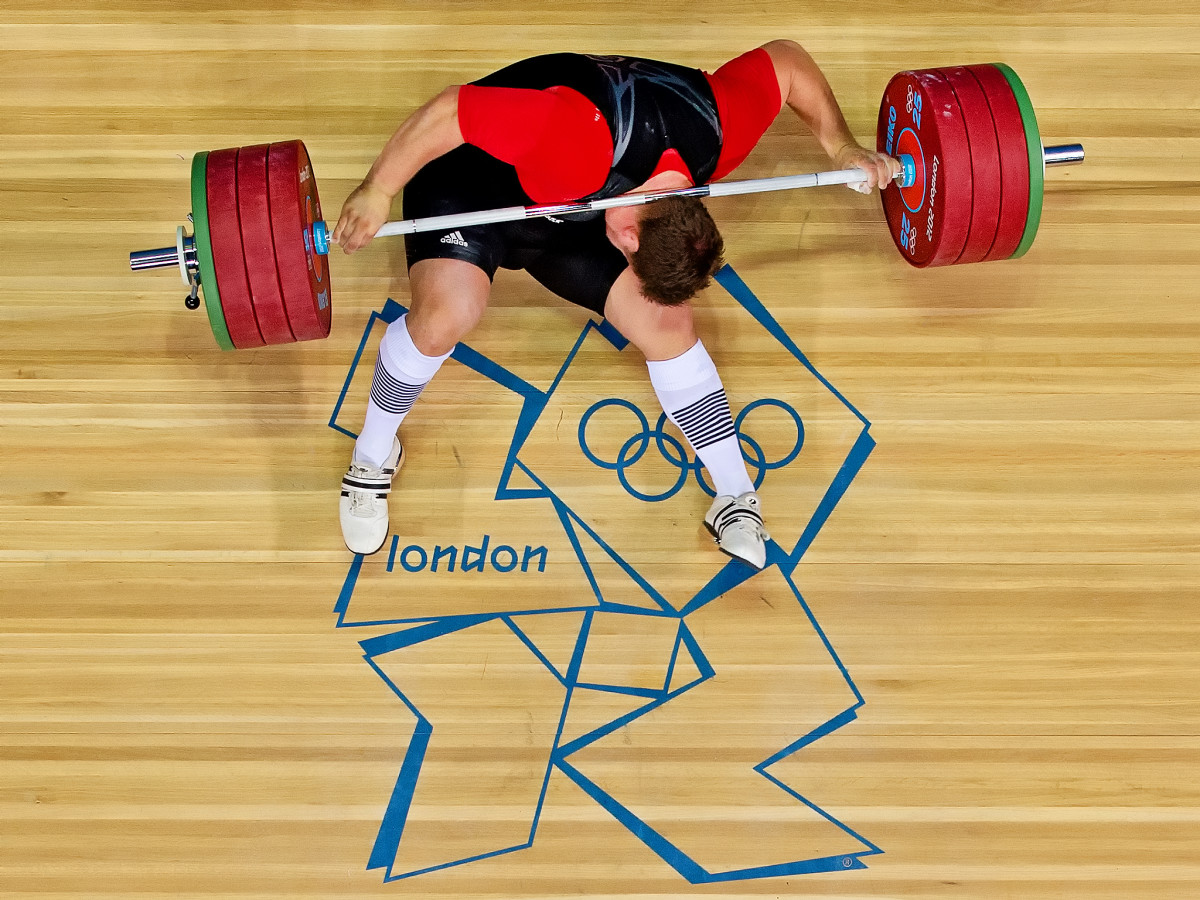
In the run-up to the 2012 London Olympics, news outlets faced a problem as they prepared to cover the games photographically. The new venues housing basketball, weightlifting, fencing, wrestling, taekwondo and more weren’t going to be built with catwalks above the action.
In other words, photographers wouldn’t be able to spend time capturing images from above the sports that are most photogenic from a bird’s-eye view.
So, Sports Illustrated, other outlets and camera companies had to look for a solution.
Borrowing from technology used on movie sets, SI partnered with Nikon to pioneer using robotics to cover sports, starting in 2012.
Weeks before the games, SI had to install the new camera rigs in stadiums that were still in the midst of construction, leading to some nervous moments for Erick W. Rasco, SI’s director of photography operations.
“There were no stands. There was no field of play—no marker of where the weightlifting is. We had to kind of hope for the best and ballpark it. These venues were in flat-out full construction,” he says. “But it worked. The fact that six weeks later I was able to plug in my console and that camera was still running and still on and functioning was pretty incredible.”
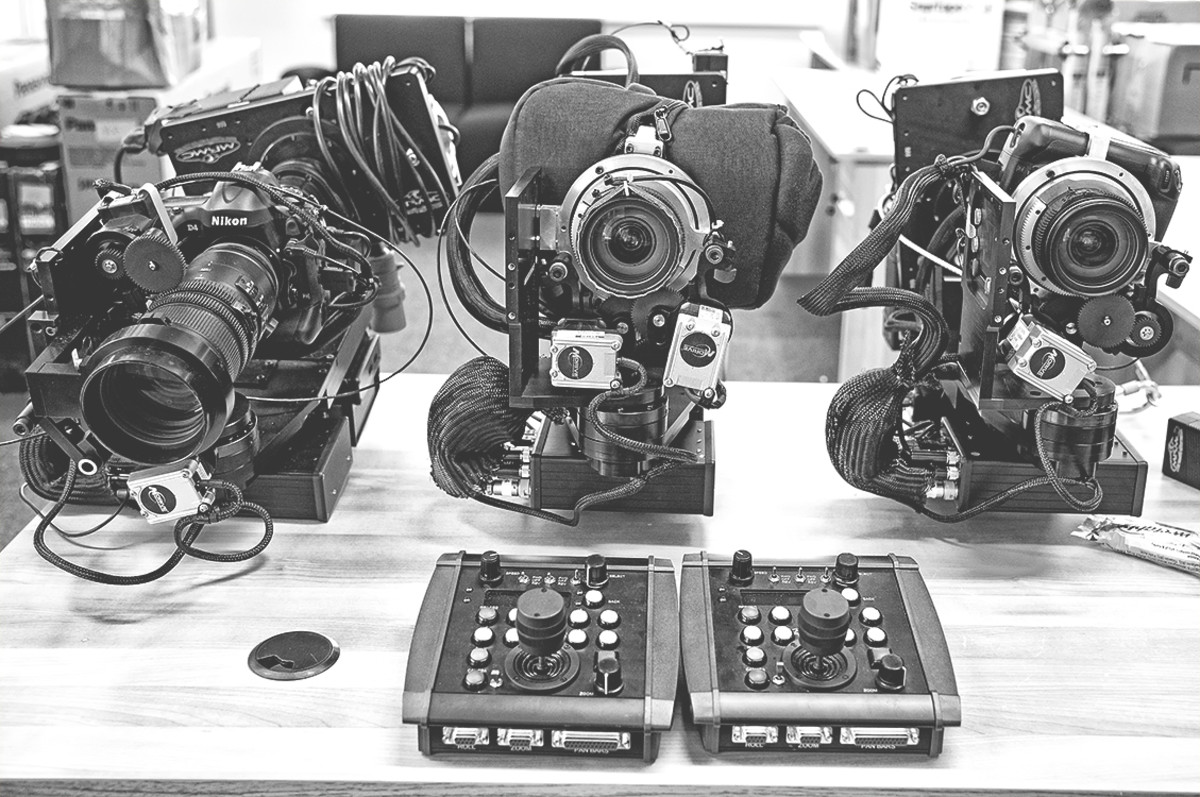
The cameras were controlled with a joystick (“like a gaming console almost,” Rasco says), and those operating the consoles could control a camera’s zoom, focus and adjust different settings.
“From SI’s standpoint, we were able to make different pictures and make use of the technology in a way that didn’t take someone out from the field. Unlike the other groups that might have 75 or 50 photographers, we had three to five to cover a lot of ground,” Rasco says.
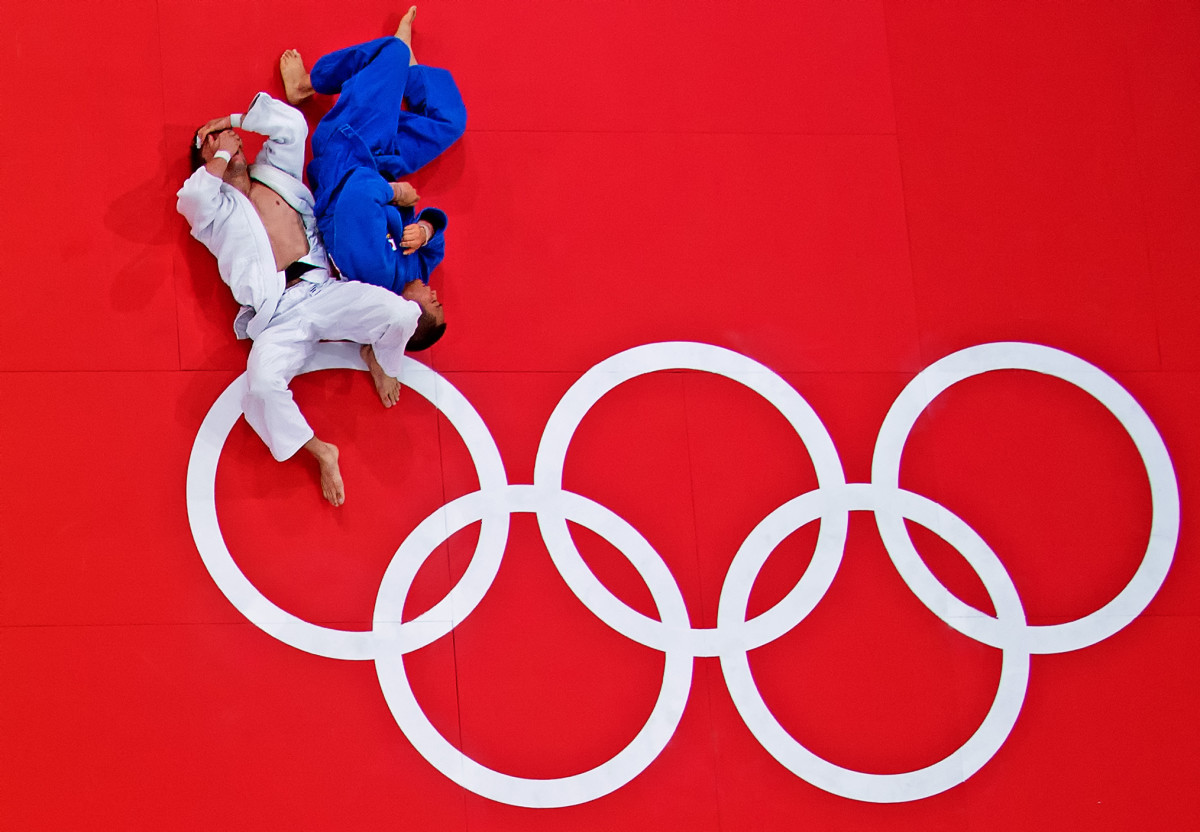
SI used similar technology at both the 2014 Winter Games in Sochi and in Rio in ’16, as the same catwalk-related issues persisted.
Rasco installed cameras ahead of the games in Rio, which required having his blood pressure taken before he could do any work on a venue’s roof.
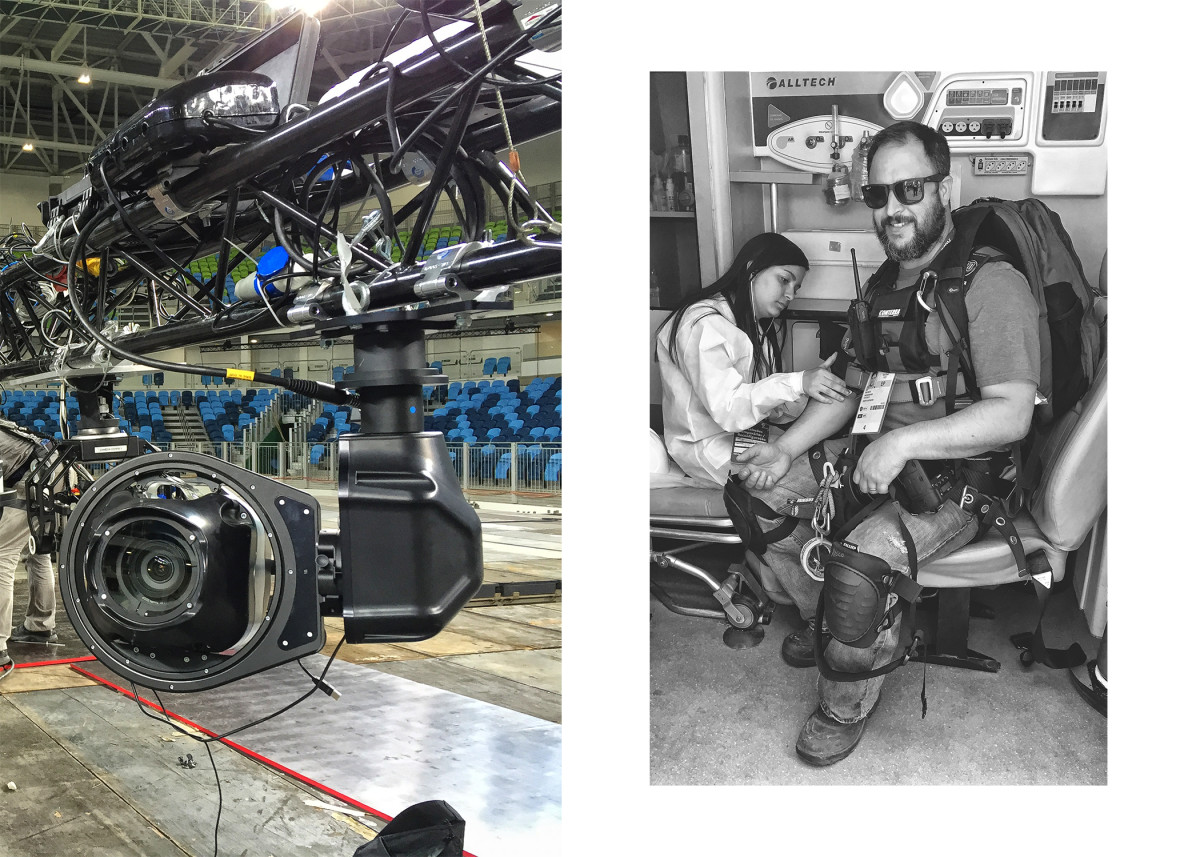
Then, during the games, Rasco and other photographers sat in SI’s field office in front of a screen with event start times and an athlete list. He’d also have a bigger monitor with all six cameras up, operating them from a makeshift control booth as he watched the events.
“I’d jump around shooting pictures of different sports at different venues,” Rasco says. “It was pretty cool.”
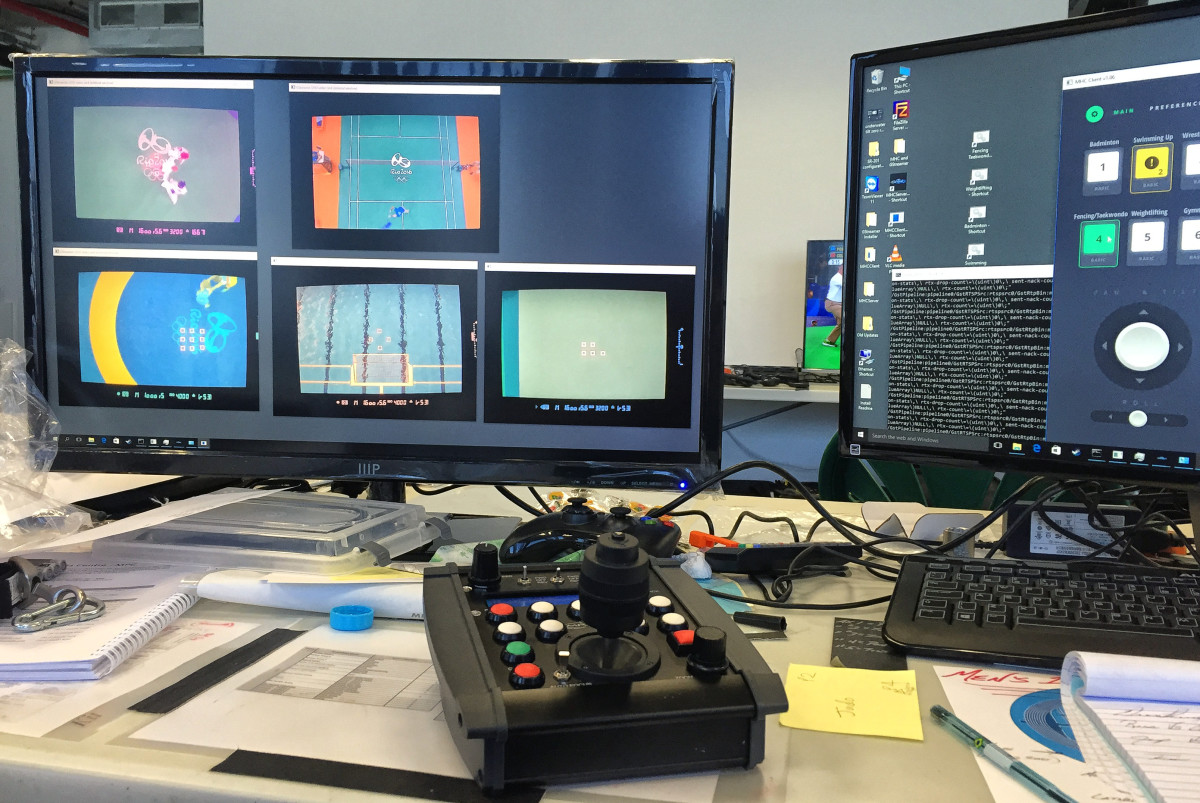
Even though 2016 was the third Games where SI used robotics, there was still a learning curve.
“This was not a proven technology,” Rasco says. “It’s not like you unpack a box and you follow steps one, two and three, then you’re done. It was very much learning as you go with a concept in mind. But actually how it worked was different.”
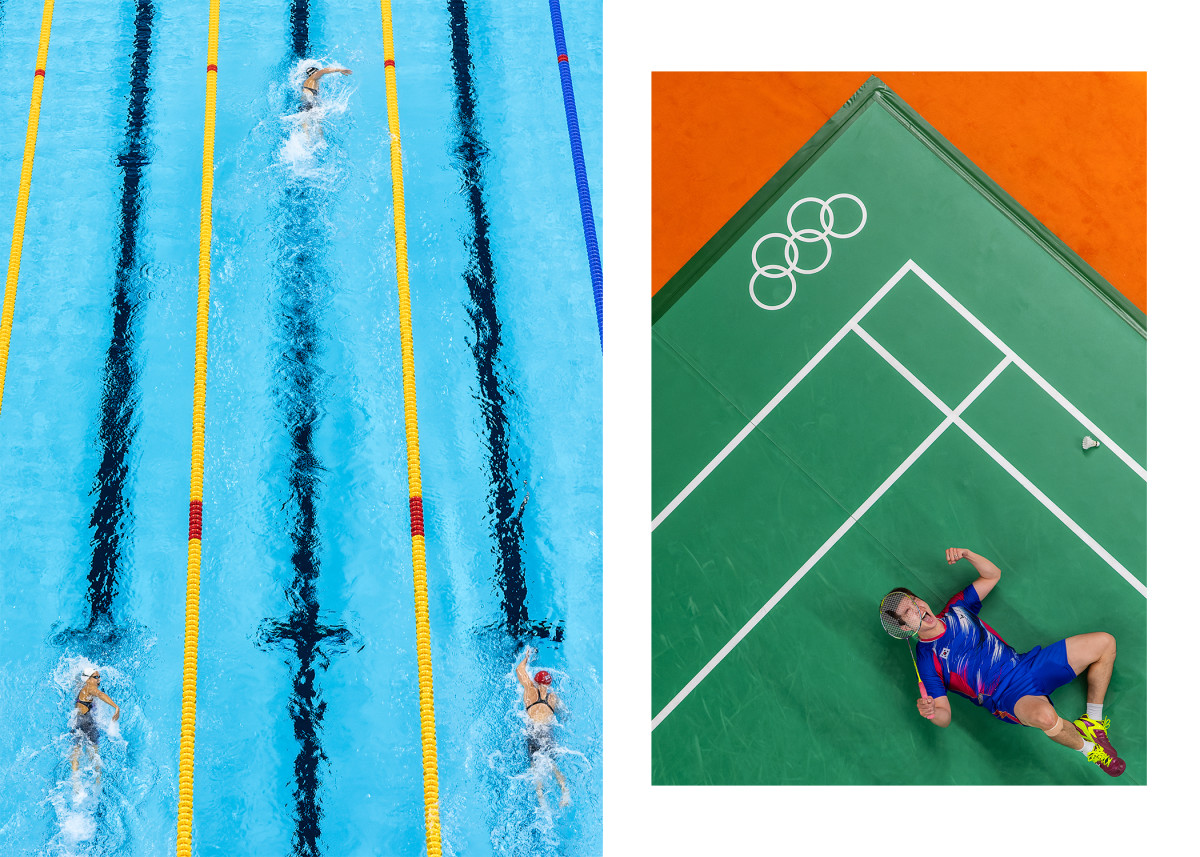
While SI will not use this technology in Tokyo, Rasco says, all the wire services use it now, and it will continue to be a tool for the upcoming Olympics. Robotic cameras are also now used at Super Bowls and World Series, plus nonsports events such as the Academy Awards.
“For us, our strategy has kind of shifted in the way we cover things,” Rasco says. “We’re not necessarily going to get everyone going across the finish line. We’re going to try to capture something that’s different and unique.”
Sign up for our free daily Olympics newsletter: Very Olympic Today. You'll catch up on the top stories, smaller events, things you may have missed while you were sleeping and links to the best writing from SI’s reporters on the ground in Tokyo.
